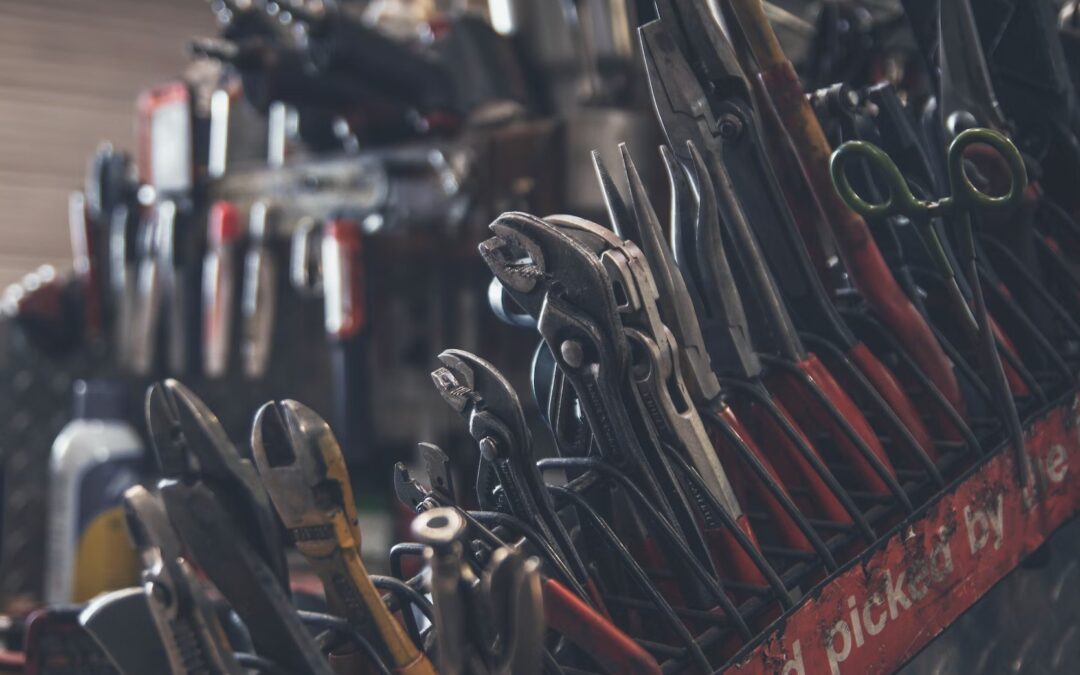Dealing with damaged sewer lines can be a messy and frustrating problem for homeowners. The sewage backups, unpleasant odors, and potential health hazards make it a serious issue that requires prompt action. The good news is that there are several ways to repair or replace damaged sewer lines, depending on the extent of the damage and the specific situation. In this blog post, we will provide a comprehensive guide to repairing and replacing damaged sewer lines.
Identify the Problem
The first step in repairing or replacing damaged sewer lines is to identify the problem. The symptoms of a damaged sewer line can be subtle or obvious, and it’s essential to catch them early to prevent further damage. Some common signs of a damaged sewer line include slow draining or clogged drains, sewage backups, soggy spots in your yard, foul odors, and mold growth.
Locate the Sewer Line
Once you have identified the problem, the next step is to locate the sewer line. The sewer line connects your home to the main sewer system, and it’s usually buried underground. You can locate the sewer line by looking for the clean-out access point, which is a small white pipe with a cap that is located near your home’s foundation or in your yard. If you’re having trouble locating the clean-out access point, you can call your local utility company to help you find it.
Assess the Damage
After locating the sewer line, the next step is to assess the damage. The extent of the damage will determine the best course of action for repairing or replacing the sewer line. Common types of damage include cracks, breaks, corrosion, tree root infiltration, and collapsed pipes. Small cracks or breaks can often be repaired with epoxy or cured-in-place pipe lining, while larger damage may require excavation and replacement of the damaged section of the sewer line.
Choose the Repair or Replacement Method
There are several methods for repairing or replacing damaged sewer lines, and the best method will depend on the extent and location of the damage. Some common methods include:
- Epoxy lining: This method involves coating the inside of the damaged pipe with epoxy to seal cracks and prevent leaks.
- Cured-in-place pipe lining: This method involves inserting a flexible liner into the damaged pipe and curing it in place with heat or UV light.
- Pipe bursting: This method involves breaking up the damaged pipe and pulling a new pipe through it.
- Excavation and replacement: This method involves digging up the damaged pipe and replacing it with a new one.
Hire a Professional
Repairing or replacing damaged sewer lines is not a DIY project. It requires specialized equipment, expertise, and experience to ensure that the job is done correctly and safely. Hiring a licensed and insured plumbing professional is the best way to ensure that your damaged sewer line is repaired or replaced correctly.
Prevent Future Damage
After repairing or replacing your damaged sewer line, it’s essential to take steps to prevent future damage. Some tips for preventing future damage include:
- Don’t flush anything other than toilet paper down the toilet.
- Don’t pour grease, oil, or other liquids down the drain.
- Have your sewer line inspected regularly by a licensed plumber.
- Plant trees and shrubs away from your sewer line.
- Avoid driving or parking on your lawn, as it can damage the sewer line.
In conclusion, repairing or replacing damaged sewer lines can be a complex and challenging task, but it’s essential to address it promptly to prevent further damage and health hazards. Identifying the problem, locating the sewer line, assessing the damage, choosing the repair or replacement method, and hiring a professional are crucial steps in the process. With the right expertise and equipment, a licensed plumbing professional can help you repair or replace your damaged

